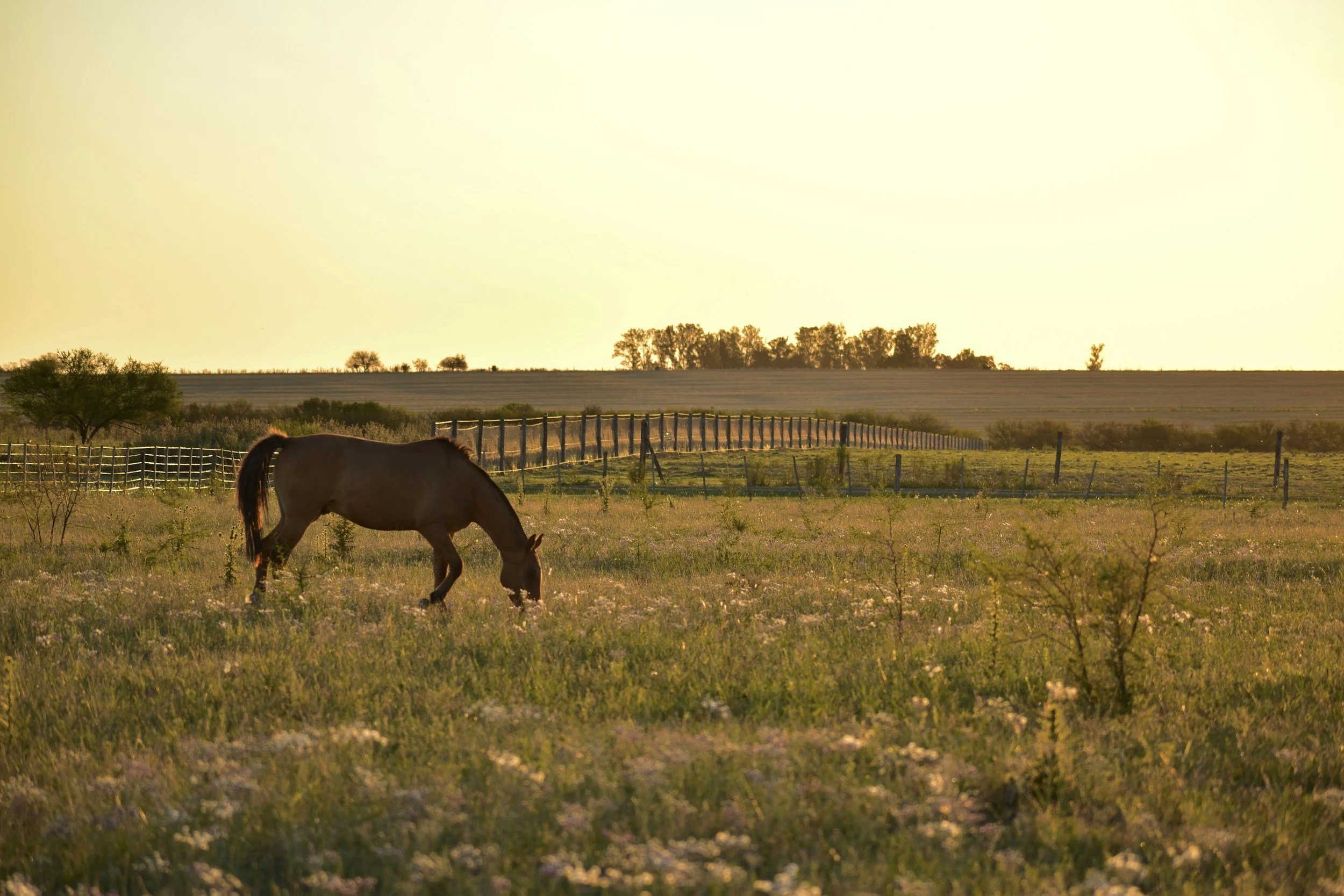| Image Source |
Here are some statistics to chew on: 40% of food in the United States today goes uneaten.[1] This means, as a country, we waste more than 35 million tons of food each year.[2] To put it into dollar signs, we are throwing out the equivalent of $165 billion each year.[3] Meanwhile, one in six Americans are suffering from hunger each and every day.[4] Hard to swallow? Former Trader Joe’s President, Doug Rauch, thought so, which is why he decided to launch the Urban Food Initiative, a program that will use food past its sell-by date to prepare affordable and nutritious meals for low-income consumers in Boston.[5] Rauch’s idea is grounded in the belief that by reclaiming some of the roughly 47 billion dollars worth of food supermarkets throw out each year, both America’s food waste and hunger problems could see a positive impact.[6]
It sounds like a great plan, so whatß would prevent major grocery stores across America from getting edible, past the sell-by date foods in the hands of needy families instead of in methane-producing landfills? Legally speaking, very little. State laws generally do not prohibit the sale of “expired” food as long as it is safe and wholesome. Companies are not heavily burdened by liability concerns either, thanks to the Bill Emerson Good Samaritan Food Donation Act that President Bill Clinton signed into law in 1996.[7] Known more commonly as the “Model Good Samaritan Food Donation Act,” the law promotes food recovery by limiting the liability of donors to instances of gross negligence or intentional misconduct.[8]
If donating or selling past sell-date food items is generally not prohibited by state law, surely these stores are not dumping such massive quantities of food due a broad corporate policy requiring such, right? As it turns out, this is usually not the case. When I questioned a Kroger corporate representative on the issue of their food waste policy, I was informed that decisions regarding what to do with past sell-by date food items is made on a store-by-store basis. If this is the case, then why are so many stores choosing to trash literally tons of still-edible food rather than establish an efficient food recovery system, which would benefit others on a local and national level? I’m sure there’s a good reason.
To give credit where credit is due, it is not the case that all grocery stores are completely failing us on the food waste and recovery front. There are many grocery stores across the nation that are making the effort to donate non-perishable goods as well items from their bakery to local food banks and homeless shelters. While their efforts should not be overlooked, there are still greater measures that can and should be taken by those in the food industry as a whole to create a less wasteful, less hungry America for future generations.
_________________
[1] Dana Gunders, Wasted: How America Is Losing Up to 40 Percent of Its Food from Farm to Fork to Landfill?, National Resources Defense Council (last visited May 28, 2013), http://www.nrdc.org/food/wasted-food.asp#.UaUAR5OznnM.email.
[2] “The Problem,” Food Recovery Network (last visited May 28, 2013), http://www.foodrecoverynetwork.org/about-us/our-work/.
[3] Id.
[4] Id.
[5] Jenna Russell & Jenn Abelson, Putting Expired Foods to Healthy Use, The Boston Globe (Feb 26, 2013), http://www.bostonglobe.com/business/2013/02/25/former-trader-joe-executive-wants-sell-inexpensive-prepared-meals-made-from-expired-food/Cyz1TwTAEFbQnWxn0teNsN/story.html?s_campaign=8315.
[6] Id.
[7] Waste Not, Want Not: Feeding the Hungry and Reducing Solid Waste Through Food Recovery, USDA, EPA, 21 http://www.epa.gov/osw/conserve/pubs/wastenot.htm.
[8] Id.











